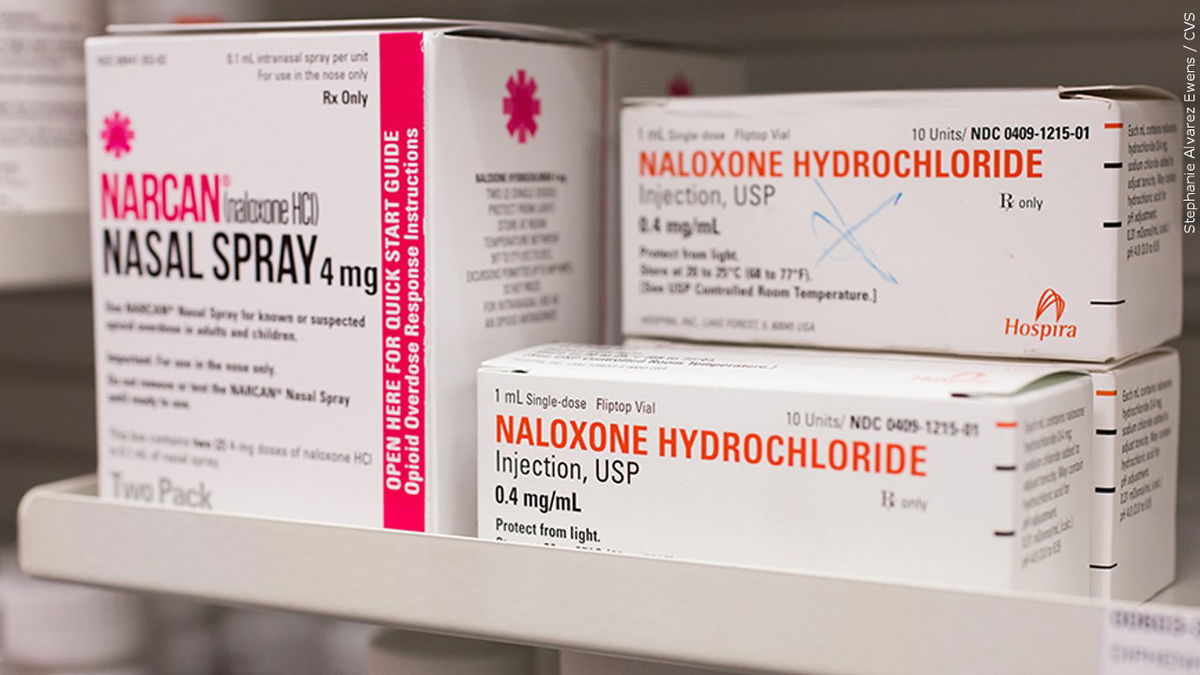Los Angeles City Council Approves Naloxone Pilot Program to Combat Opioid Overdoses
Published
Los Angeles, CA – In a decisive move to combat the escalating opioid crisis, the Los Angeles City Council has unanimously approved a new pilot program aimed at distributing Naloxone, a life-saving opioid reversal medication, in the hard-hit neighborhoods of South Los Angeles. The initiative seeks to address the disproportionately high rates of opioid-related deaths in these vulnerable communities.
Unanimous Support for Life-Saving Initiative
In a 10-0 vote,the City Council directed the Chief Legislative Analyst to assess the resources required for the pilot program. The program is slated to be funded through the city’s share of the 2021 Opioid Agreement, a settlement reached with opioid distributors to address the widespread damage caused by the opioid epidemic. Councilors Bob Blumenfield,Ysabel Jurado,Adrin Nazarian,Nithya Raman,and katy Yaroslavsky were absent during the vote.
Councilmembers Curren Price and Heather Hutt, representing the communities of South Los Angeles, introduced the motion on February 7th, emphasizing the critical need to address the opioid crisis head-on.Their advocacy underscores the urgency of providing immediate relief to affected communities.
The Grim Reality of Opioid Overdoses in los Angeles
The statistics paint a stark picture of the opioid crisis in Los Angeles County. according to the Los Angeles County Department of Public Health, over 3,000 lives were lost to drug overdoses in 2023 alone. This alarming figure highlights the urgent need for effective intervention strategies.
The councilors’ motion specifically points to the surge in deaths linked to fentanyl, a synthetic opioid exponentially more potent than heroin and morphine. The motion explains that “By expanding access to naloxone, we can empower lifeguards, community members and people to act rapidly and reduce deaths, especially in poor neighborhoods where the mortality rate by fentanyl was at least double.”
Fentanyl’s accessibility has dramatically increased overdose rates, accounting for more than half of all drug-related fatalities in the city, especially in vulnerable areas like South Los Angeles.
A concerning report from the County Public Health Department reveals a dramatic increase in fentanyl-related deaths, surging from 109 in 2016 to a staggering 1,970 in 2023. This exponential growth underscores the urgent need for proactive measures to combat the crisis.
Naloxone: A Lifeline in the Opioid Crisis
Naloxone, frequently enough administered as a nasal spray (Narcan) or an injection, is a medication designed to rapidly reverse the effects of opioid overdose. It effectively works by blocking the opioid receptors in the brain, restoring normal breathing and consciousness.Its widespread availability is considered a crucial step in reducing opioid-related fatalities. In many states, including California, Naloxone is available over-the-counter, and “Good Samaritan” laws protect individuals who administer Naloxone from liability, encouraging bystanders to intervene during an overdose.
Past and Future Initiatives
The City Council has already undertaken steps to combat the opioid crisis. Last year, officials launched a pilot program providing fentanyl test strips to residents, empowering them to detect the presence of fentanyl in illicit drugs. This initiative, also funded by the Opioid Agreement, aims to prevent unintentional fentanyl overdoses.
Los angeles anticipates receiving between $29.6 million and $53.3 million over 18 years from settlements reached with opioid distributors in 2021. Approximately 80% of these funds will be dedicated to future remediation efforts, with the remaining 20% allocated to opioid-related projects, including Naloxone purchases and lifeguard training.
In June 2024, the City Council earmarked $3 million from the settlement funds for a respite centre near MacArthur Park. This center will provide crucial support services, including counseling, addiction treatment referrals, and temporary housing, to individuals struggling with opioid addiction.
The Opioid Crisis: A National Viewpoint
The opioid crisis is a nationwide public health emergency. According to the Centers for Disease Control and Prevention (CDC), opioid overdoses claimed the lives of over 100,000 Americans in 2022. The crisis has had a devastating impact on families and communities across the country, straining healthcare systems and law enforcement resources.
The crisis is particularly acute in marginalized communities, where factors such as poverty, lack of access to healthcare, and social isolation exacerbate the risk of opioid addiction and overdose. The Los Angeles City Council’s Naloxone distribution program is a targeted effort to address these disparities and provide life-saving resources to the communities that need them most.
| State | Total Opioid Overdose Deaths (2022) | Rate per 100,000 |
|---|---|---|
| West Virginia | 1,142 | 68.4 |
| delaware | 520 | 49.7 |
| Pennsylvania | 5,240 | 40.7 |
| Ohio | 4,908 | 40.6 |
| Kentucky | 1,773 | 39.9 |
| California | 6,341 | 16.1 |
Source: CDC Provisional data
Addressing potential Counterarguments
While the Naloxone distribution program has garnered widespread support, some critics argue that it may encourage drug use by providing a safety net for individuals who overdose. However, public health experts overwhelmingly refute this claim. Studies have consistently shown that Naloxone distribution does not lead to increased drug use. Instead, it saves lives and provides an possibility for individuals to seek treatment and recovery.
Moreover,opponents sometimes raise concerns about the cost of naloxone and the logistical challenges of distributing it effectively.However, the long-term cost savings associated with preventing overdose deaths far outweigh the expenses of Naloxone distribution. Moreover, community-based organizations and healthcare providers have developed innovative strategies to ensure that Naloxone reaches the people who need it most.
Looking Ahead
The Los Angeles City Council’s Naloxone pilot program represents a significant step forward in the fight against the opioid crisis. By expanding access to this life-saving medication, the city is empowering communities to respond to overdoses and prevent tragic deaths. As the program rolls out in South Los Angeles, it will be crucial to monitor its effectiveness and make adjustments as needed.
The initiative underscores the importance of a multi-faceted approach to addressing the opioid crisis, including prevention, treatment, and harm reduction. By working together, policymakers, healthcare providers, community organizations, and individuals can create a healthier and safer future for all Angelenos.






